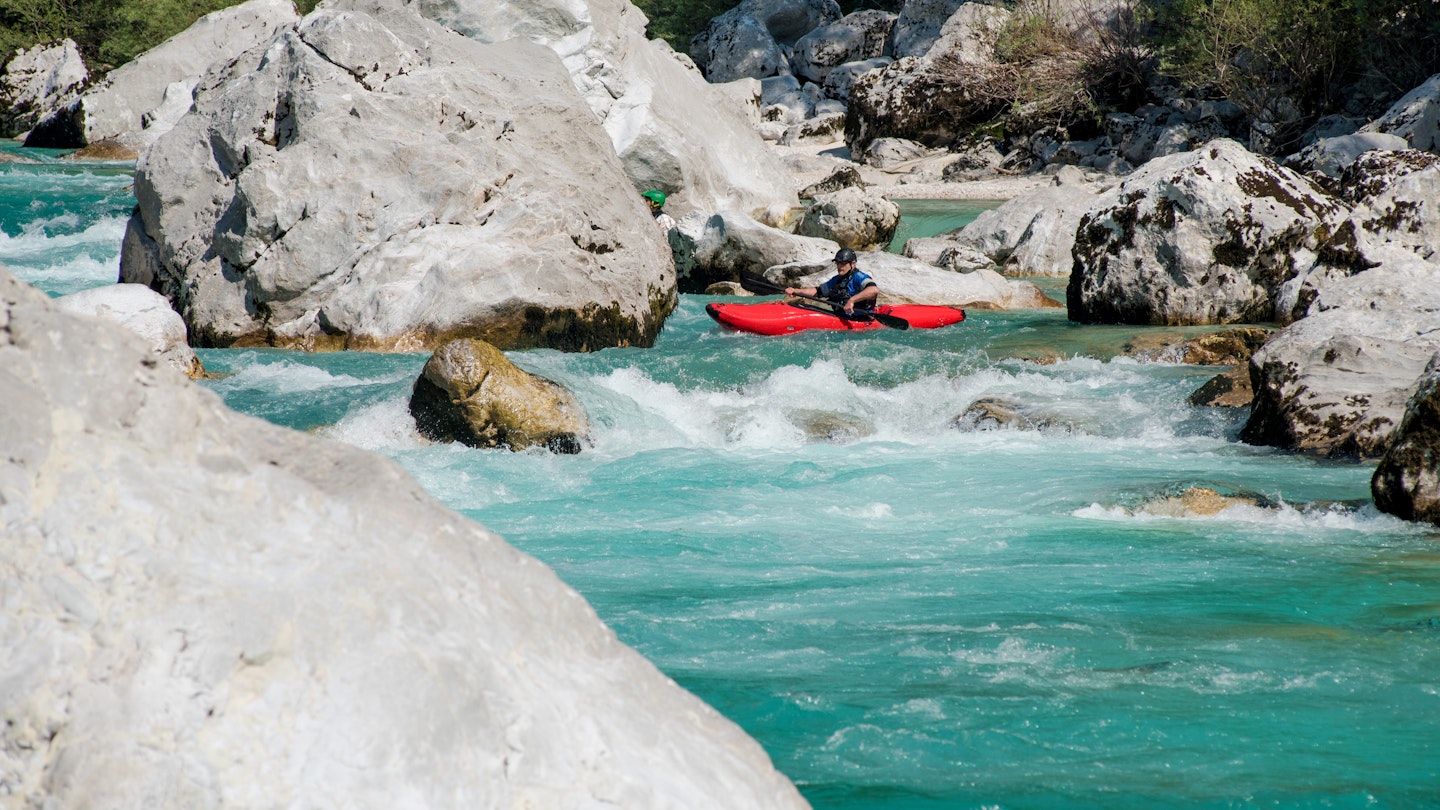The Walk of Peace hiking trail connects the Alps to the Adriatic Sea along the former WWI frontline that once straddled the mountainous border between today’s Slovenia and Italy. The 11-stage route extends approximately 137 miles (220km) and passes through villages, under peaks, past glacial lakes, and across pristine rivers, and it is more than just a trekking path—it serves as a living history lesson, showcasing museums and memorial sites, alongside a delightful food-and-wine experience.
Background to the Trail
The trail launched in April 2020 and traverses four geographic regions; it functions as the practical, trek-friendly spine of a broader 248-mile (400km) corridor established in 2000 by the Walks of Peace in the Soča Region Foundation. This foundation is dedicated to studying, restoring, preserving, and overseeing significant historical sites along WWI’s Isonzo Front, where 12 battles took place between the Kingdom of Italy and the Austro-Hungarian Empire from 1915 to 1917—resulting in an estimated 350,000 soldiers from 20 nations perishing during that 29-month period.
The Trail Today
Currently, this route, which is on Unesco’s Tentative List, promotes open dialogue and respect for all cultures. In addition to the main trail, the Walk of Peace foundation has created numerous alternative hiking excursions and side routes off the primary path. These loops lead visitors to over 100 sites, including museums, churches, military cemeteries, and the remains of trenches and battlements.
“As a hiker, this trail is one of my favorites because every person and taste is included,” says Jan Klavora, a founder and partner of Visit Good Place, an adventure travel operator and sustainable tourism advocate. Klavora collaborated with the Walk of Peace foundation to develop the 11-stage route acting as the main corridor. “Moreover, the landscape, food, wine, and historical insights are always evolving, providing constant stimulation.”
Alpine Adventure
The trail’s upper stages showcase Slovenia’s geographical highlights as hikers traverse the Julian Alps. The route begins in the village of Log pod Mangartom, situated within the confines of Triglav National Park, shadowed by the towering Mount Triglav. Trekkers will encounter waterfalls, military cemeteries, and outdoor museums featuring preserved trenches and tunnels as they travel toward the town of Bovec and into the Soča Valley.
The path follows the ethereal green, crystal-clear, glacial Soča River above the town of Kobarid, home to the Walk of Peace Visitor Center. The Kobarid Museum, loaded with permanent and temporary exhibitions, serves as the heart and soul of the trail, filled with photography, artifacts, and interactive displays that vividly recount the conflict and cultural understanding.
Where to Stay
The 36-room Hotel Mangart in Bovec, located in the Alps, offers a sauna, whirlpool, and massage services to help alleviate trail fatigue.

Walk Through Slovenia’s Wine Country
The path runs alongside the Soča River to the east and the Italian border to the west as it journeys south into the Brda Region and Slovenia’s renowned wine country. The towering peaks gradually give way to rolling hills and quaint villages framed by the neatly arranged rows of distant terraced vineyards.
Combine relaxed trekking with enticing wine tastings. Sample Rebula, the region’s most famous variety and a refreshing white wine. As you approach the town of Šmartno, venture up the 23-meter tower in Gonjače for panoramic views of the vineyards. Next, visit the Park of Peace on the Italian border, located atop the 609-meter-high Sabotin Hill, which features preserved caves and fortifications offering additional insight into the harsh conditions faced by soldiers.
The stages departing from the Brda Region descend to Trg Evrope (European Square; or Piazza Transalpina in Italian), a shared space between the cross-border towns of Nova Gorica, Slovenia, and Gorizia, Italy. After shaking off the day’s trail, consider a visit to the Museum of the Great War of Gorizia, featuring an interactive trench installation and artifacts from Austro-Hungarian and Italian soldiers—a must-see destination.
Where to Stay
Hotel Belica, located in Goriška Brda, has a cozy B&B atmosphere with eight rooms, two apartments, and a wine cellar offering tours and tastings.
Trek Along the Adriatic
The Walk of Peace progresses south and east into Slovenia’s Kras (or Karst) Region, a captivating terrain for spelunkers, riddled with thousands of caves in the porous limestone landscape. The Pečinka Cave, once housing Austro-Hungarian troops, and the Krompir (potato) Cave, utilized for army storage, provide trekkers a unique opportunity to rest and learn about this area’s resourceful survival during wartime. Key highlights during the karst stages include military cemeteries commemorating soldiers from across Europe and the Monument of Peace, featuring a lookout tower offering breathtaking views from the Alps to the sea.
The path makes a definitive turn westward as trekkers descend toward the Adriatic Sea. The final stretch concludes in the town of Duino along the Italian coast, with the last hike following the shoreline until reaching Trieste, signifying the end of the trail.
“As hikers traverse the Walk, they should contemplate the absurdity of warfare borne from the desires of kings, emperors, politicians, and generals,” reflects Zdravko Likar, president of the Walk of Peace Foundation’s board. “At the same time, they should appreciate the natural beauty and cultural richness characterizing the region stretching from the Alps to the Adriatic.”
Where to Stay
Wrap up your adventure in central Trieste with a stay at the elegant Seven Historical Suites.
Article first published in March 2020, and last updated in July 2020.
This article was first published Mar 3, 2020 and updated Jul 9, 2020.




